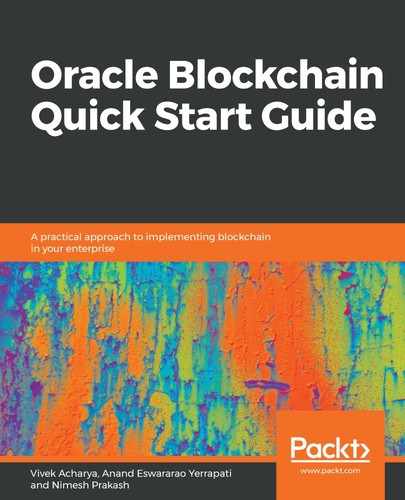Assets can be anything of value. Assets can be tangible assets such as real estate, and hardware, and intangible assets such as contracts and certificates. Assets can be modified using chaincode transactions. Therefore, before we identify the transactions, it is good to identify the assets that will be transacted on the blockchain network. Assets such as identity, currency, land title, contract, vote, provenance, and payments are valuable and scarce. Let's analyze various applications of blockchain and check what they actually manage. Example accounts are the assets in Bitcoin, contract states are managed by Ethereum, diamonds as assets are managed by Everledger and so on. Similarly, for Hyperledger Fabric, assets can be tangible assets, such as real estate and hardware, where intangibles can be things such as contracts and intellectual property. This means, blockchain is a potential solution for those cases, where the requirement is to transact assets while establishing a decentralized consensus while recording them on the immutable ledger.
For this business case, the primary asset is the invoice. The following are some of the attributes of the asset:
- Invoice ID/number
- Invoice description
- Currency for transaction
- Original invoice amount
- Outstanding invoice amount
- Factored invoice amount (calculated based on discount percentage)
- Invoice due date
- Invoice discount percentage
- Customer ID and other customer details
- Supplier ID and other supplier details (banks details as well)
- Factoring participant ID (banks that agree to the to-be factor for the invoice)
- Factor details (the factor bank's details, and so on)
- Invoice milestone (status)
- Payer agreement (true/false)
